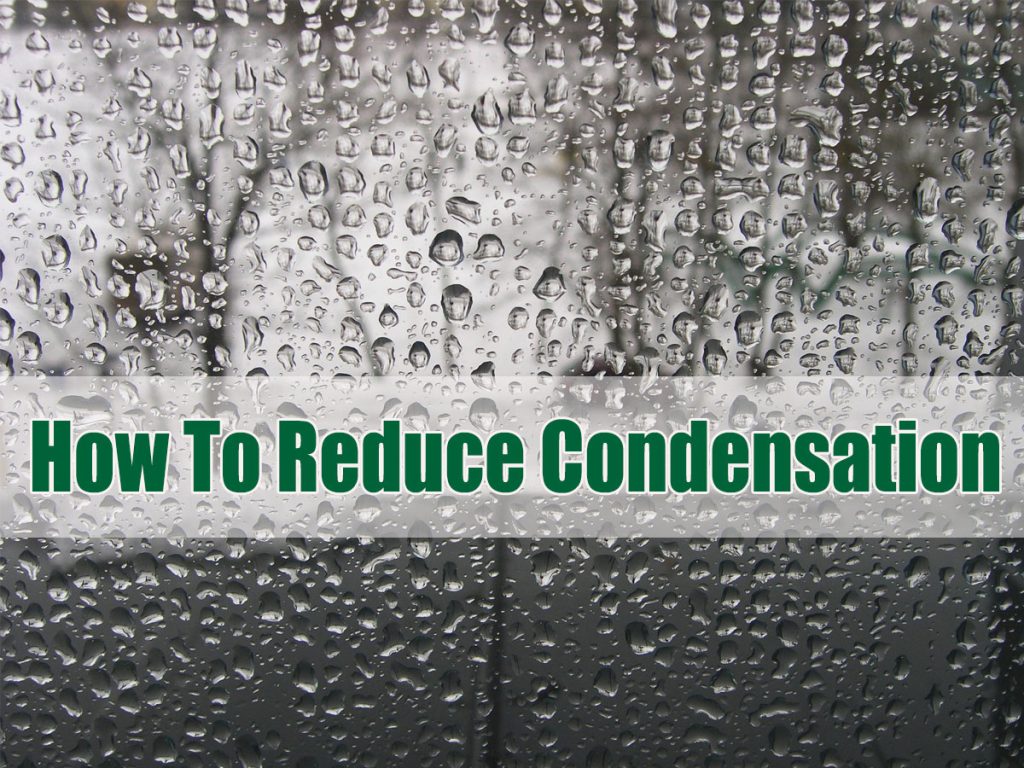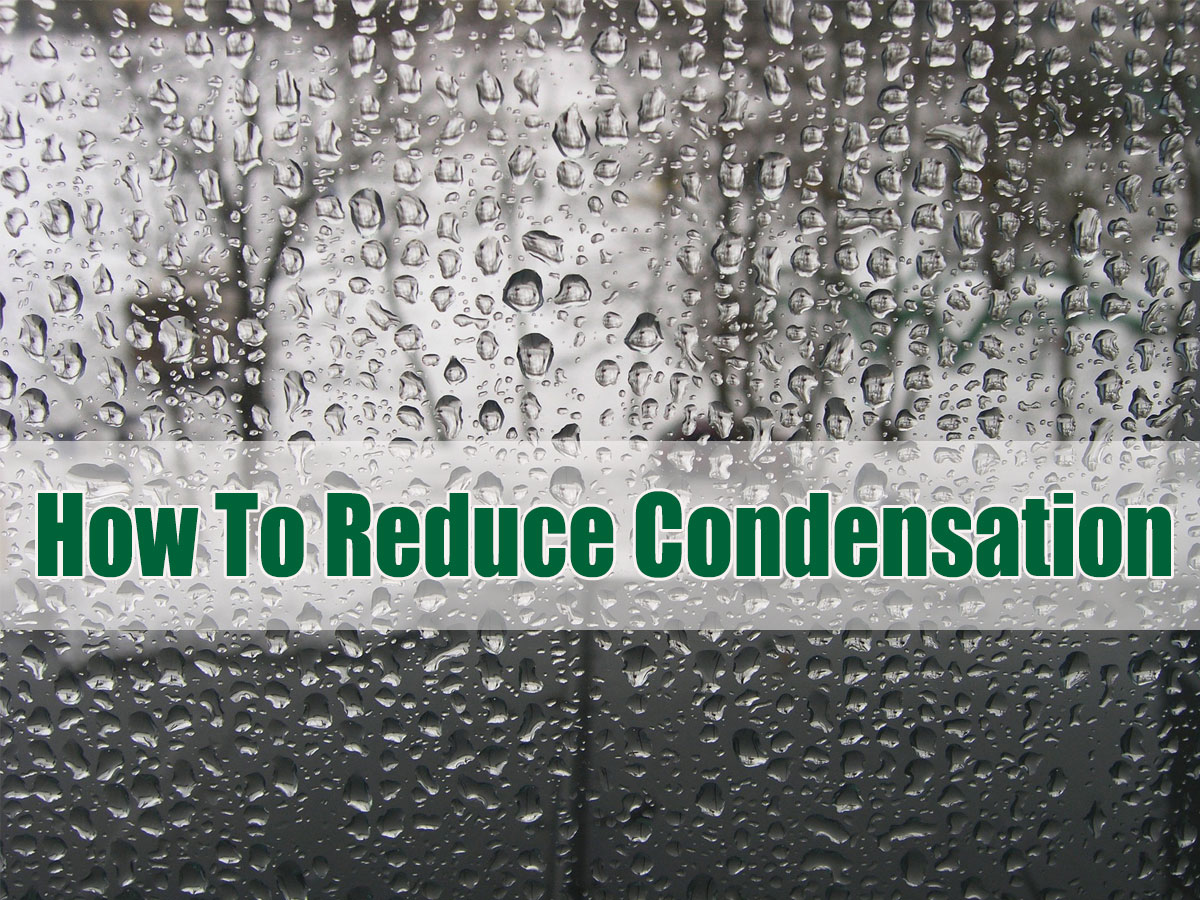


So, what should you do when you notice your brand new replacement windows are covered in condensation? Don’t panic. It isn’t common, but even high-quality replacement windows can have condensation, but your new windows probably aren’t to blame for the problem.
Here’s what you need to know about condensation and how to prevent problems, like moisture pooling on the window sills and a foggy outlook.
What’s Causing Condensation on Your Replacement Windows?
Condensation, and sometimes even ice, form when the window surface temperature drops below the dew point for air near the window. Modern insulated windows (designed to keep the interior window pane warmer) usually prevent condensation development in a home with healthy indoor humidity levels. However, if indoor relative humidity exceeds 40 percent, even slight temperature variances can cause icing and fog.
What Can You Do to Prevent Condensation on Your New Jersey or New York Home’s Windows?
High indoor humidity levels (above 40 percent) combined with low interior surface temperatures are what cause the problem, so you must either reduce humidity or warm-up the window surfaces. There are a couple of simple fixes that may eliminate your problem.
What if Simple Fixes Don’t Correct the Problem?
Modern home construction has its benefits and drawbacks. New construction homes are almost “hermetically sealed,” which is a great benefit if you only want to control heating and cooling bills. However, without some way to draw in fresh, low-humidity air and push moist air out during cold weather months, you may have issues with condensation. Most homes built today accomplish this vital process via heat exchangers or heat recovery ventilators. Older homes aren’t as airtight, but replacing those sagging, drooping windows may have reduced air leaks so efficiently that you discover your home’s “normal” humidity level is simply too high for comfort. Even installing a new furnace or heating system can create problems if your contractor doesn’t take steps to keep indoor humidity low and fresh air circulating effectively.
Condensation on your windows may signal more serious problems inside your home. Your health and safety depend on adequate ventilation, that’s one reason we rarely recommend our New Jersey and New York Metro customers install only fixed windows in their home. You need to be able to open a window to improve air circulation once in a while (not to mention safety and code issues which require you to have egress windows to get out of the house in an emergency).
Improperly vented clothes dryers, plumbing leaks, foundation leaks that keep the basement damp and roof damage that allows rain and moisture to get inside the attic, all pose health risks associated with moisture (and create environments conducive to mold and mildew growth). If you see condensation forming on your new replacement windows, take a look around your home to see if you can spot problems (like the ones we just listed) that may increase humidity levels.
Tips To Control Indoor Humidity Levels
You may want to discuss remediation options with a professional contractor if you find serious safety issues in your own, like leaking pipes or roof damage.
Whether you are experiencing condensation problems after you’ve installed high-quality replacement windows, or you are looking for solutions to correct excessive condensation formation because you have poor-performing windows ready to be retired, we can help. Fill in the short form on this page to request a call back or give us a quick call toll free at (866) 609-5033 to schedule an in-home inspection and we’ll help you figure out how to eliminate condensation and icing on your windows.

Learn Everything You Need to Know BEFORE Buying Replacement Windows